
Osaka vs Tokyo : Expert Guide for Your First Japan Trip
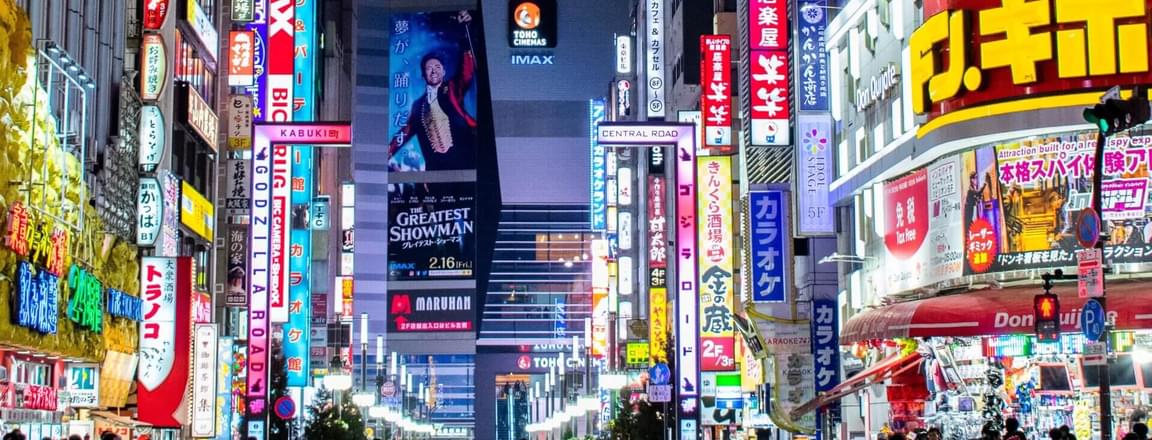
Which city should you land in when you want to experience authentic Japan? For most people, the answer hangs on four things: what you’ll see, what you’ll eat, what it will cost and how the place feels. Here is your guide on Osaka vs Tokyo to find out the more authentic place in Japan. Osaka is straight to the point, tight, casual, hungry, and shaped by that outgoing Kansai pulse. Tokyo tourism is bigger, richer, and has everything, from tranquil gardens to street food markets. Let’s look up from close, which is the best.
Osaka vs Tokyo: Quick Comparison at a Glance
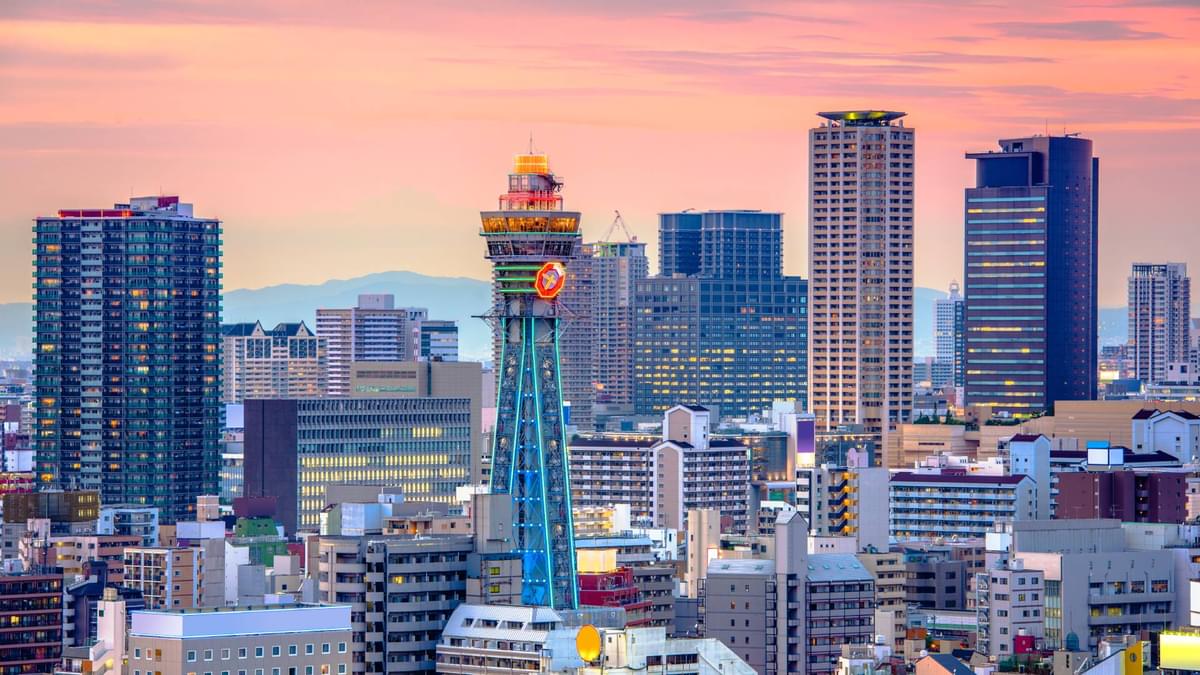
| Category | Osaka | Tokyo |
| Top Attractions | Dotonbori, Osaka Castle, Universal Studios, Umeda Sky Building, Osaka Aquarium | Shibuya Crossing, Shinjuku, Asakusa & Senso-ji, Tokyo Skytree, museums |
| Nightlife | Izakayas, comedy bars, Namba & Shinsekai | Mega clubs, back-alley bars, Shibuya, Roppongi, Shinjuku |
| Atmosphere | Friendly Kansai vibe, chatty neighbourhoods | Cosmopolitan, dense, sometimes overwhelming |
| Costs | More affordable midrange travel | Wide range; luxury options, high-priced |
| Seasons | Spring cherry blossoms, autumn foliage, summer festivals | Spring & autumn classic; winter lights & fewer crowds |
| Airport Access | Kansai (KIX) & Itami; Haruka Express ~50 min, ¥3,000 | Haneda (13 min), Narita (41–60 min); Skyliner, Monorail, Narita Express |
| Ideal Trip Length | 2–4 days (+Kyoto/Nara day trips) | 3–5 days (+day trips nearby) |
| Best For | Food lovers, families, casual travellers | Culture seekers, nightlife fans, culinary explorers |
Tip: Osaka is compact and friendly, ideal for first-timers. Tokyo offers extreme diversity for longer stays.
Key Showdowns: Osaka vs Tokyo
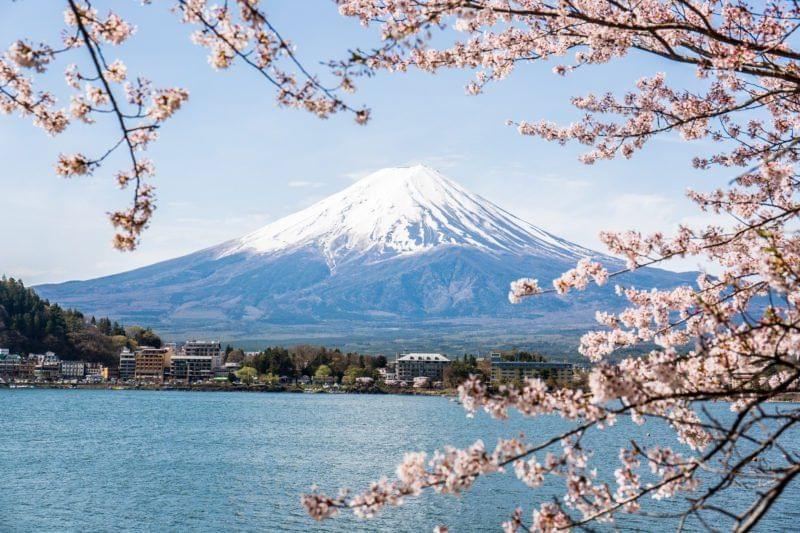
Attractions in Osaka vs Tokyo: What You Can’t Miss
- Osaka: The punch of Dotonbori at night, Osaka Castle and its garden moat, Universal Studios for families, city skyline views from Umeda Sky, sea creatures at the pier-spanning Aquarium
- Tokyo: The top attractions in Tokyo include Shibuya’s scramble, Shinjuku’s steel canyons, Asakusa’s old-school serenity, the all-seeing Skytree, and a museum network that would make any capital jealous
Food & Dining: Osaka vs Tokyo Culinary Guide
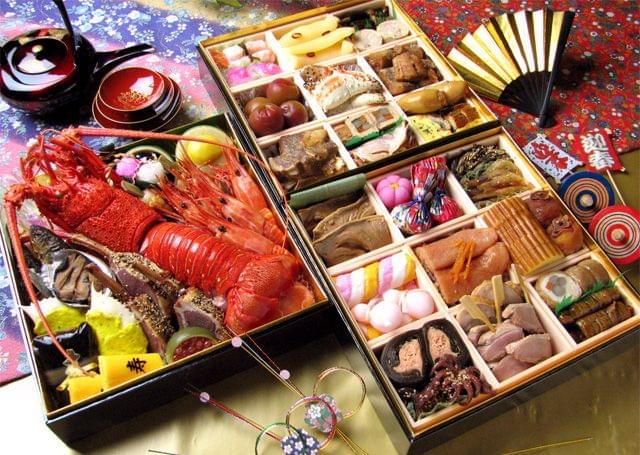
- Osaka: “Japan’s kitchen” sounds like hype until you’re at Kuromon Market, sampling takoyaki and way too many kinds of kushikatsu.
- Tokyo: The map explodes with ample options, mouth-watering sushi ramen from every region, and izakayas from salaryman joints to designer dens. If food is your main personal metric, Tokyo is sublinear in choice.
Tip: Osaka’s street food is fast, cheap, and delicious; Tokyo offers variety but can be pricey.
Nightlife: Where the City Comes Alive
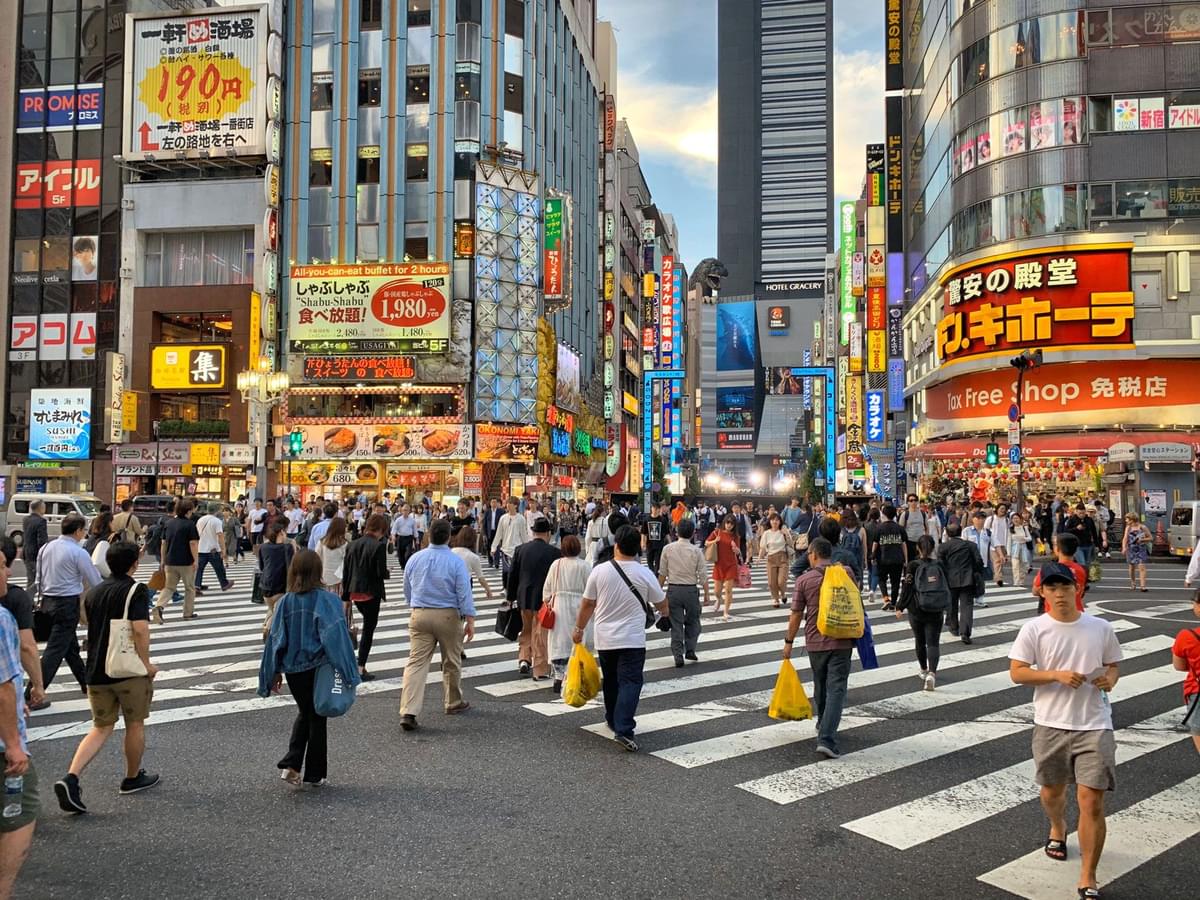
- Osaka: Evenings in Osaka revolve around Namba and Shinsekai. You will find fewer crowds than in Tokyo, and locals are super friendly.
- Tokyo: It is a paradise for partygoers. Maze-like Golden Gai for back-alley bars, the battery power of Shibuya at midnight, Roppongi megaclubs for the incurable extrovert, attract many people to Tokyo.
Transportation & Getting Around
- Osaka: Its subways are an excellent mode of transport. A Shinkansen Tokyo to Osaka, Nozomi bullet train takes over 2 hours. The ticket prices start from ¥8,283 and can go up to ¥11,699 (one-way, based on class). It is also easily reachable from the Kansai airport.
- Tokyo: The rail network is legendary, but you’ll have to walk a lot. Airport links are frequent, but double-check which one you’re flying into. The Narita to Tokyo, Narita Express (~60 min) or Skyliner to Ueno (41 min), Haneda Monorail gets you to Hamamatsucho in 13 min.
Itineraries: 1–3 Days in Osaka vs Tokyo
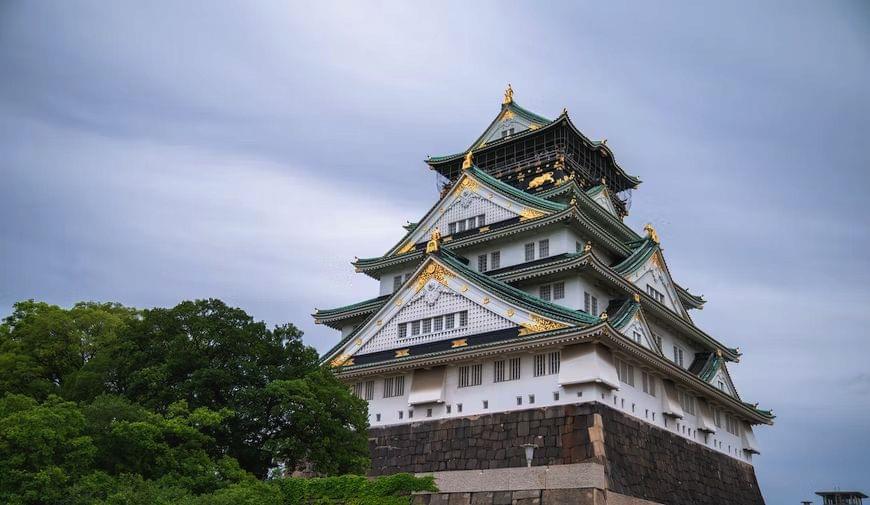
Osaka:
- Day 1: Kuromon Market → Dotonbori → Umeda Sky sunset
- Day 2: Osaka Castle → Namba night; Universal Studios or Aquarium
- Day 3: Day trip to Kyoto or Nara
Tokyo:
- Day 1: Senso-ji → Ueno Park/museums → Akihabara/Shibuya night
- Day 2: Harajuku & Meiji Shrine → Shinjuku skyscraper/Golden Gai
- Day 3: Mt. Fuji or Yokohama day trip
Costs & Travel Budget Estimates
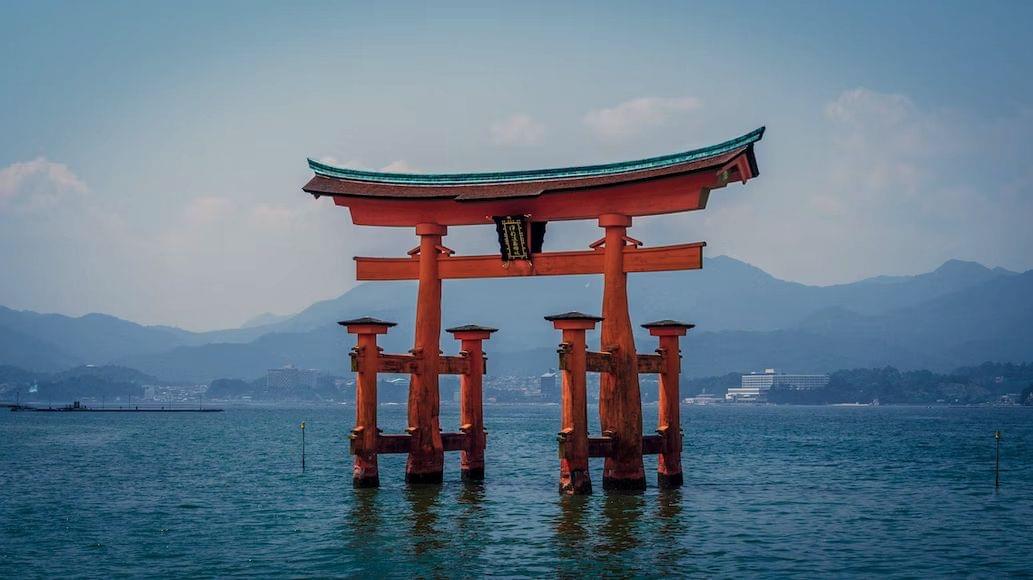
| Option | Travel Time | Typical Cost |
| Osaka: Kansai (KIX) → City (JR Haruka Express) | ~50 min | ¥3,000 (₹1,650) |
| Tokyo: Narita → City (Narita Express) | ~60 min | ¥3,000–¥3,500 (₹1,650–₹1,925) |
| Tokyo: Narita → City (Skyliner) | ~41 min | ¥2,500 (₹1,375) |
| Tokyo: Haneda → Hamamatsucho (Monorail) | ~13 min | ¥500 (₹275) |
| Tokyo → Osaka (Shinkansen Nozomi) | ~2h 14m | ¥8,283–¥11,699 (₹4,555–₹6,435) |
| Budget Options (Overnight Bus / Plane) | 7–9h (bus) / 1–2h + transfers (flight) | ¥3,000–¥7,000 (₹1,650–₹3,850) |
Passes and Gadgets
- JR Pass: Worth it if you want to travel more than one city.
- Prepaid IC cards (ICOCA, Suica, PASMO): tap-in-tap-out city convenience, with subways about US$1.30–$2.80 per hop
- Osaka Amazing Pass: 2-day varieties get you into sights + transit for roughly $27 (USD)
Best Time to Visit Osaka & Tokyo
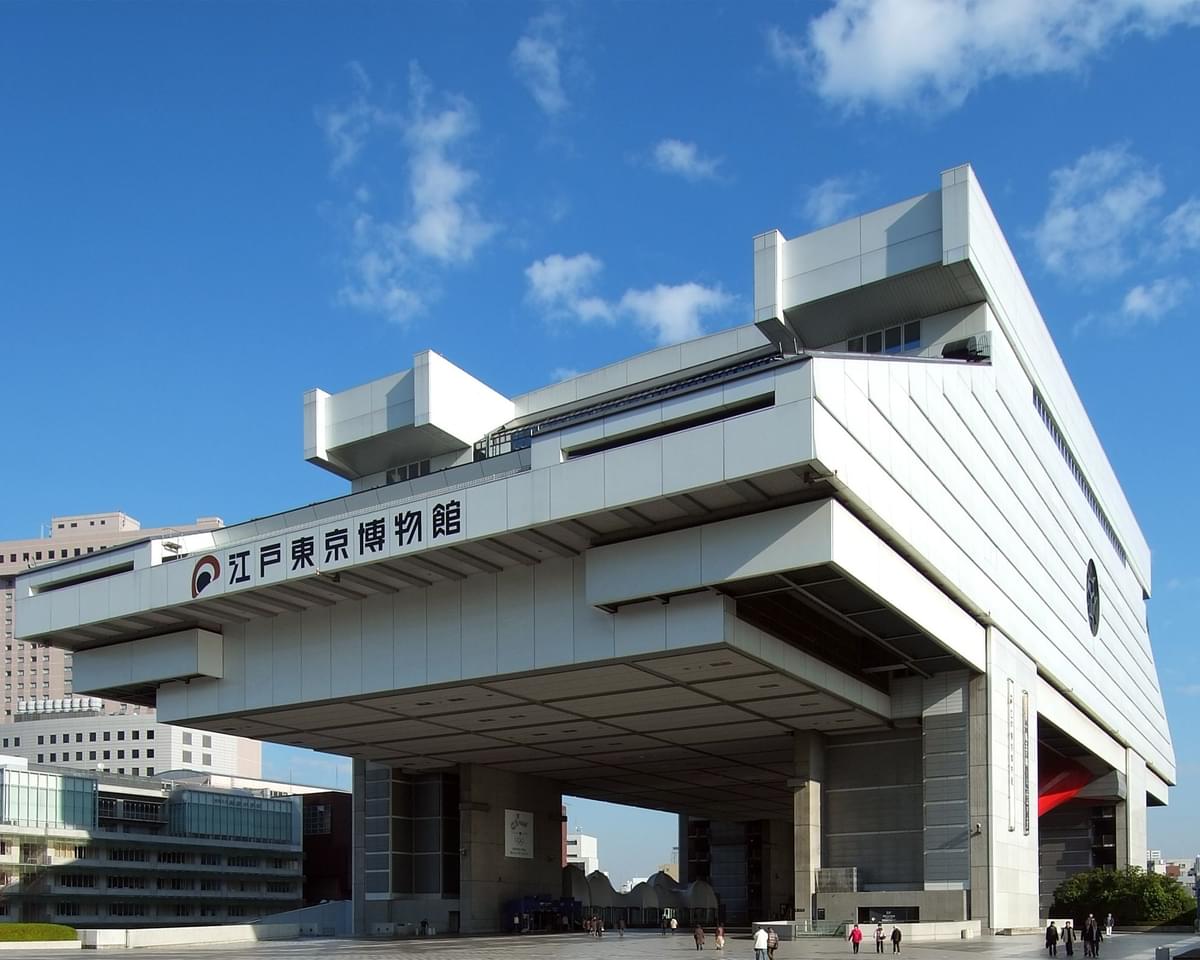
The most photogenic times are spring for cherry blossoms and autumn for those red leaves, March–April and October–November. However, this season is crowded and expensive. Summer is the best time to visit Tokyo and Osaka to enjoy festivals everywhere, but expect heat and humidity. Winters are less crowded, sharper skies and the city illuminations with the Christmas celebration.
Essential Travel Tips for First-Time Visitors
- Reserve the Shinkansen and famous sushi seats ahead. Bundled trips are efficient, with airport transfers, hotels, and add-ons handled for you.
- Save your appetite for lunchtime at Kuromon, and try not to double-dip your kushikatsu
- To have the best view of Mt. Fuji, visit in the early morning.
- Both cities are almost safe, but expect serious crowds in Dotonbori and Shibuya, especially during the cherry blossom and autumn foliage season.
Conclusion: Should You Start in Osaka or Tokyo?
It's very hard to decide which city to choose, Osaka vs Tokyo. Both places have their own charm with different features, attractions and activities. Pick Osaka if your idea of travel is to eat standing up, talk to shopkeepers, and walk everywhere. However, if you want neighbourhoods as distinct as separate cities, crave culinary Olympic-level competition, or just want to see what extreme city density actually feels like, go to Tokyo. You can also visit both cities by planning a trip with Pickyourtrail’s best Japan tour packages in 2025.
FAQs
Which city is best for a 2–3 day layover?
Osaka is ideal for a compact itinerary with easy day trips to Kyoto or Nara. Tokyo works if you want to sample a wide variety of neighbourhoods, attractions, and nightlife.
Which city is best for food lovers?
Osaka is famous for street eats like takoyaki and kushikatsu. Tokyo offers an unparalleled variety of cuisines, from casual izakayas to Michelin-starred restaurants.
Which airport should I fly into?
Osaka travellers use Kansai International (KIX) or Itami for domestic flights. Tokyo travellers benefit from Haneda for quick city access, though Narita is also convenient with frequent express trains.
Can I visit both Osaka and Tokyo in one trip?
Yes. The Shinkansen Nozomi connects Tokyo and Osaka in ~2h14m, making a dual-city trip efficient. Expert travellers often use it to explore both cities without rushing.
How can I save money while travelling between Osaka and Tokyo?
Consider overnight buses (~¥3,000–¥7,000) for budget travel.
JR Pass holders can use Shinkansen trains efficiently.
Book IC cards (Suica, PASMO, ICOCA) to save on daily transit fares.
Update your location?



